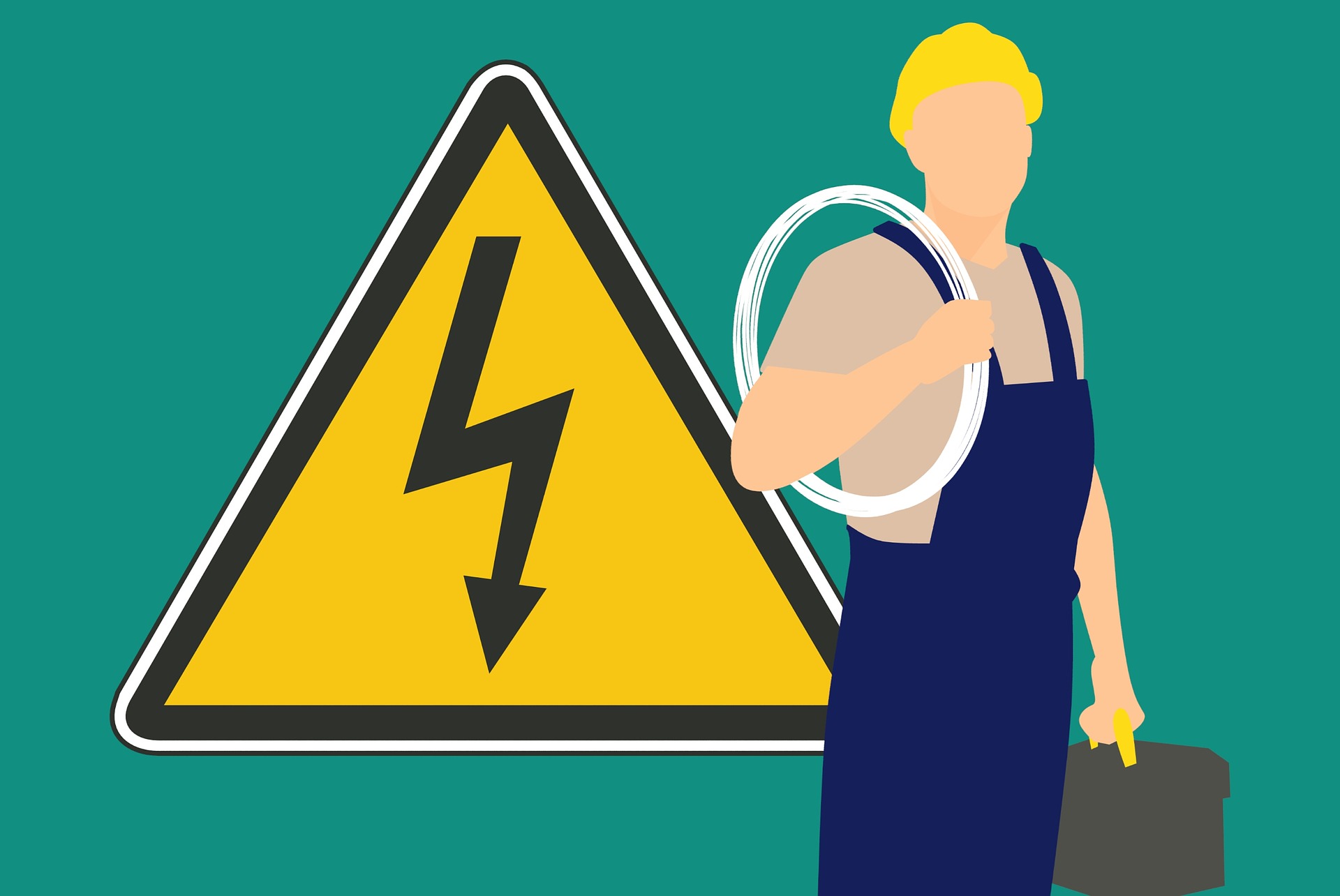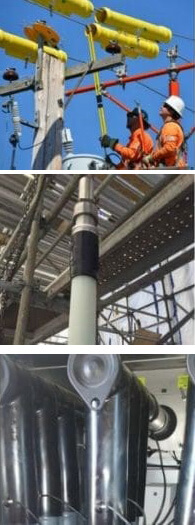VeriSafe AVT by Panduit | Safe & Sure Electrical Isolation
Published 07 Oct 2019

Verisafe AVT: An Article by Panduit
Idea to Innovation: Inventions that Move the Industry
From the first product, a panel conduit that led to the name Panduit, we understood our engineers are the gateway to success and need free reign to investigate and innovate.
This is one of their stories.
 VeriSafe AVT: The Proof That the Power is Off – Story
VeriSafe AVT: The Proof That the Power is Off – Story
Safety is everything.
So, be sure the power is off before you open electrical equipment and start handling wiring matters.
But how can you be safe and be sure the circuit is de-energized?
What if the only acceptable method is a complex testing process that potentially exposes you to the very danger you’re trying to avoid?
Here’s a story of how a team of engineers with fresh thinking and years in the lab resulted in an entirely new product – theabsence of voltage testers (AVTs) – and positive proof the power is off.
How To Test Voltage Using the Verisafe AVT
- Electrically isolate and lock or tag out the equipment you want to work on
- Put on appropriate Personal Protective Equipment (PPE)
- Test a hand-held meter on a known-live circuit to make sure it’s working
- Test for absence of voltage in the isolated equipment, both phase-to-phase and phase-to-ground
- Re-test the hand-held meter on a known-live circuit to confirm it’s still working (so… expose yourself to energised parts twice to make sure there’s no voltage? Yep.)
No Light Doesn’t Mean No Power
To understand why VeriSafe AVT is such a big deal, you have to understand 3 things:
- Contact with electricity is a leading cause of injury and death in the workplace
- Stored energy can remain in a circuit even after it’s shut off
- Hand-held testers require a slow, manual process that’s prone to human error and may expose workers to the very hazard the process is meant to protect them from
You might think a hard-wired voltage indicator would solve the problem – lights out means no power – but you’d be wrong.
Indicators warn when power is on, but no signal doesn’t guarantee that a circuit is de-energised. No light could mean the power is off, but it could also be caused by a faulty indicator or installation problems. How would you know the difference?
That uncertainty is why OSHA never recognised permanently installed voltage indicators and instead relied on the hand-held tester method. But that means in order to prove there’s no voltage in the de-energised circuit you have to expose yourself to a known-live circuit.
The very definition of irony!
Standards Before Sales
Having a new product is one thing.
Getting it accepted by the market is another thing altogether.
The team understood that without an official standard authorising their new absence of voltage tester nobody would adopt it.
So, the first challenge was figuring out how to convince the governing bodies that a new way to test was needed. The team turned to safety workshops with organisations like NFPA and IEEE to gather information about electrical accidents and gauge interest in a new solution.
Armed with accident data and feedback from safety professionals, the team then collaborated with UL to start work on a standard supporting this new, safer methodology.
But knowing inventions (and standards) take time, the team hit the lab and started working out the mechanics of how an AVT could work.
verisafe avt – Now, Safety is Just a Press Away

Through years of development and collaboration with industry groups, the team was able to reach proof of concept and eventually create an absence of voltage tester that performed exactly as they hoped. All that was left was for the new AVT product category to be defined in an industry-standard and for the safety requirements to be published.
In 2016, UL published the first-ever AVT safety and listing requirements in UL 1436.
In 2017, the VeriSafe AVT was released and now offers workers an easy, safer way to get positive proof the system is de-energized before accessing or working on electrical equipment.
Now, all it takes is a press of the test button, and a moment to wait for the green light. And, as everybody knows, green means go.
The Power to Provide Positive Proof
With over 60 years of infrastructure experience, our team recognized the need for a safer – and easier – way to verify a circuit is de-energized. The change our engineers had in mind was to eliminate exposure to live circuits – either by accident or during an absence of voltage test. That would mean no more hand-held meters, and no need to interact with known-live circuits as part of the test.
The idea was a self-powered, self-testing, permanently-mounted device that would emulate the traditional handheld testing process, without the need to open cabinets. Being self-powered and capable of testing its own connections, the AVT would be the first of its kind to give positive proof the circuit was de-energized.
Like many breakthroughs, it seems perfectly logical after the fact – why did it take so long?
Thorne & Derrick
T&D are Specialist Distributors to UK Distribution Network Operators (DNO’s), NERS Registered Service Providers, ICP’s and HV Jointing Contractors of an extensive range of LV, MV & HV Jointing, Earthing, Substation & Electrical Equipment – this includes 11kV/33kV/66kV joints, terminations and connectors for both DNO and private network applications.
Contact our UK Power Team for competitive quotations, fast delivery from stock and technical support or training on all LV-HV products.
Key Product Categories: Duct Seals | Cable Cleats | Cable Glands | Electrical Safety | Arc Flash Protection | Cable Jointing Tools | Cable Pulling | Earthing | Feeder Pillars | Cable Joints LV | Joints & Terminations MV HV
➡ Read: Isolate 99.999% Of Electrical Risks With Verisafe From Panduit







